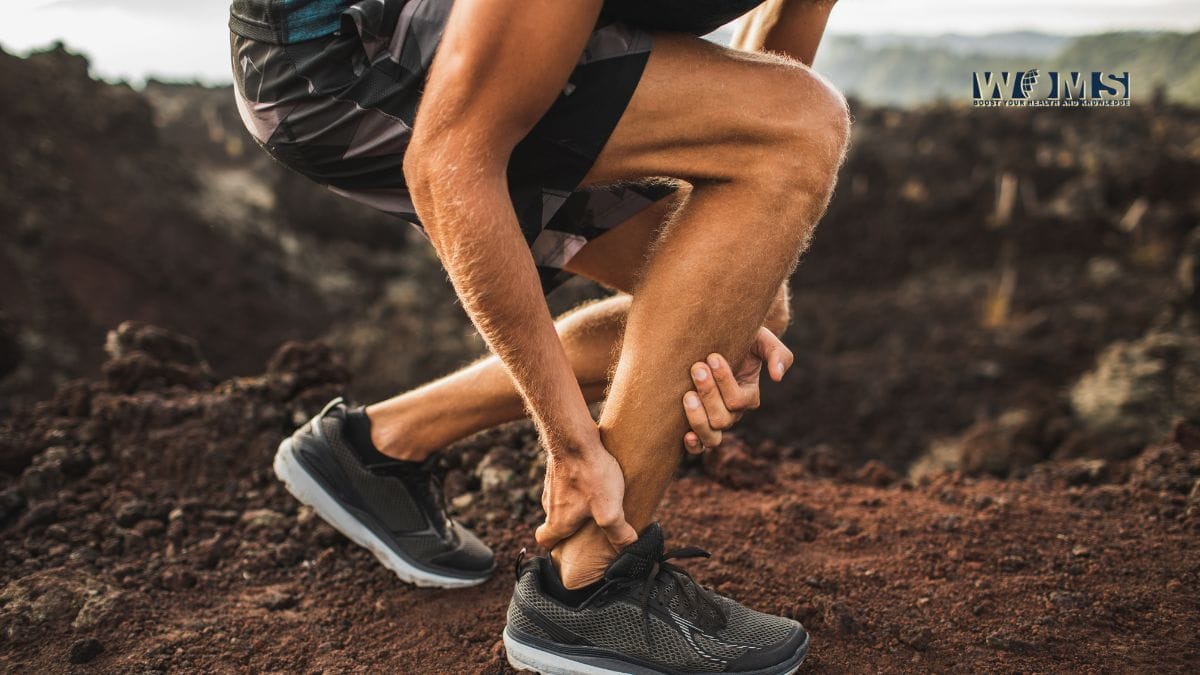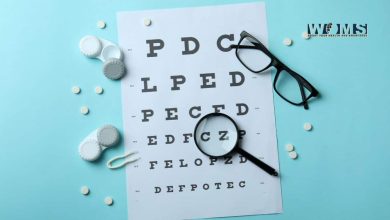The Best Achilles Tendon Pain Treatment Options for Athletes and Active Adults

People who run, whether just a few times or many, or as marathoners, rely on their Achilles tendons for their running activities. Since it links your calf muscles to your heel bone, the Achilles tendon is crucial for all forms of athletic activity. A strained or inflamed tendon can significantly disturb your exercises and the way you go about your daily activities.
Achilles tendon pain is a common issue among athletes and active adults. Ignoring it or trying to “push through” the discomfort can worsen the condition and lead to more serious injuries. Fortunately, there are effective treatment options available that can help you recover and get back to your active lifestyle.
In this article, we’ll explore the most effective Achilles tendon pain treatments and explain when it’s time to seek professional care:
What Causes Achilles Tendon Pain?
Achilles tendon pain often results from overuse or repetitive strain. It can stem from:
- Sudden increases in activity or intensity
- Improper footwear
- Tight calf muscles
- Running on hard or uneven surfaces
- Poor form or gait mechanics
Two common conditions that cause Achilles pain are:
- Achilles Tendonitis: Inflammation of the tendon due to overuse or injury.
- Achilles Tendinosis: Degeneration of the tendon fibers from chronic overuse, typically without inflammation.
Both conditions can cause pain, stiffness, and limited mobility, especially during physical activity or after periods of rest.
Top Treatment Options for Achilles Tendon Pain
If you’re searching for effective Achilles tendon pain treatment in Haymarket, VA, understanding your options can help you recover faster and get back to your active lifestyle.
1. Rest and Activity Modification
The first step in healing an injured Achilles tendon is reducing strain. This may mean temporarily avoiding high-impact activities like running, jumping, or climbing stairs. Switching to low-impact activities such as swimming or cycling can help you maintain fitness while allowing the tendon to recover.
2. Ice and Elevation
Applying ice to the affected area for 15–20 minutes several times a day can help reduce pain and swelling. Elevating your leg after activity also helps minimize inflammation and promotes healing.
3. Stretching and Strengthening Exercises
Tight calf muscles contribute to Achilles pain, so stretching them regularly is essential. Eccentric exercises, where the muscle lengthens under tension, are especially beneficial for strengthening the tendon. These exercises should be done under the guidance of a medical professional to avoid further injury.
4. Proper Footwear and Orthotics
Wearing supportive shoes with adequate cushioning can reduce the stress placed on the Achilles tendon. In some cases, custom orthotics may be recommended to correct gait abnormalities or provide additional arch support. These devices help distribute pressure more evenly and reduce tendon strain during activity.
5. Physical Therapy
A physical therapist can develop a personalized rehabilitation program that includes stretching, strengthening, and mobility exercises. Manual therapy, massage, and modalities like ultrasound may also be used to promote healing and reduce inflammation.
6. Non-Steroidal Anti-Inflammatory Drugs (NSAIDs)
Over-the-counter NSAIDs like ibuprofen can provide temporary relief from pain and inflammation. However, they should not be used as a long-term solution, especially without consulting a healthcare provider.
7. Extracorporeal Shockwave Therapy (ESWT)
ESWT is a non-invasive treatment that uses sound waves to stimulate healing in the tendon. It is effective for chronic Achilles tendinopathy, especially in cases where conventional treatments have failed.
8. Platelet-Rich Plasma (PRP) Injections
PRP therapy involves drawing a small amount of your blood, processing it to concentrate the platelets, and injecting it into the injured tendon. The growth factors in platelets help promote healing in damaged tissue. PRP is a promising option for athletes looking to recover more naturally and quickly.
9. Surgical Intervention (When Necessary)
If Achilles pain persists despite conservative treatments, surgery may be necessary to remove damaged tissue or repair a torn tendon. Surgery is generally considered a last resort, but it can be highly effective in restoring function and reducing long-term pain.
When to See a Podiatrist
If your Achilles tendon pain lasts more than a week, worsens with activity, or interferes with daily movement, it’s time to see a specialist. Ignoring chronic tendon issues can lead to a complete rupture, which often requires surgery and a much longer recovery.
At Mountain Spring Podiatry, we specialize in diagnosing and treating Achilles tendon injuries for athletes and active individuals. Our team offers comprehensive care, including advanced imaging, physical therapy referrals, custom orthotics, and minimally invasive treatments to help you recover as quickly and safely as possible.
Recovery Tips for Active Adults
Recovering from Achilles tendon pain doesn’t mean giving up your active lifestyle; it means adjusting and listening to your body. Here are a few recovery-friendly tips:
- Warm up properly before workouts
- Gradually increase training intensity
- Incorporate rest and recovery days
- Stay consistent with stretching and strengthening
- Don’t return to full activity until cleared by your provider
Achilles tendon pain can be frustrating, especially for those who thrive on physical activity. The good news is that with early intervention and the right treatment plan, most people can recover fully and return to their sport or routine. Whether your pain is mild or severe, don’t let it sideline you; get professional help to heal the smart way. Your feet are the foundation of your movement.




